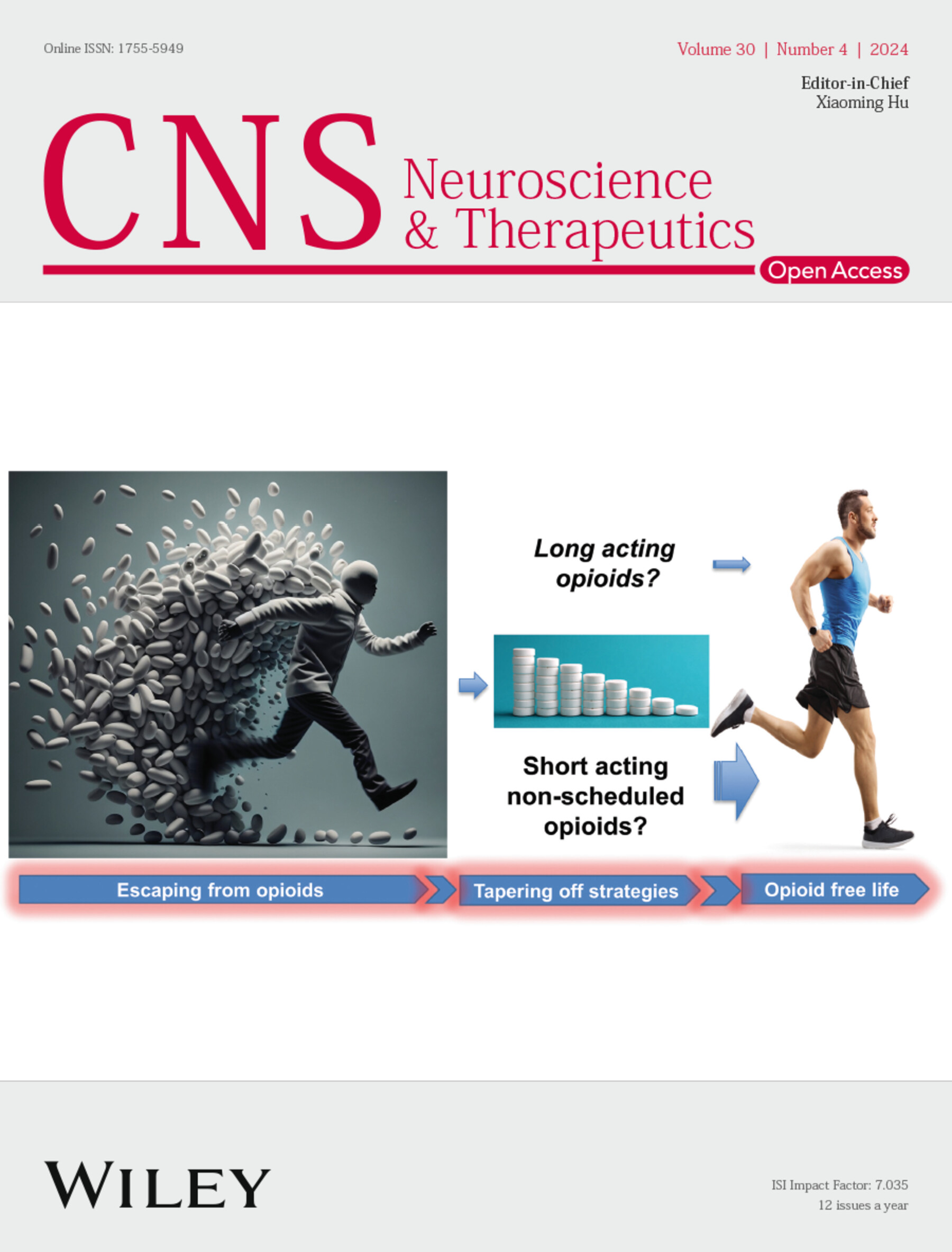Language Functional Connectivity Alterations During Resting State in Brain Arteriovenous Malformation Patients
Abstract
Objectives
Unruptured brain arteriovenous malformations (AVMs) typically do not cause aphasia, even when the traditional language areas are affected by the nidus. We attempted to elucidate its language reorganization mechanism by analyzing the alterations in functional connectivity using functional connectivity (FC) and track-weighted static functional connectivity (TW-sFC) approaches.
Methods
This cross-sectional study prospectively enrolled patients with AVMs involving left-hemisphere language areas and healthy controls. All participants underwent resting-state functional magnetic resonance imaging (rs-fMRI) and diffusion tensor imaging scans. Conventional FC analysis was used to investigate the spatially segregated functional connectivity in the gray matter, and the TW-sFC method was applied to explore the functional connectivity constrained by the white matter.
Results
34 AVM patients with lesions involving the left cerebral hemisphere and 27 healthy subjects were included. FC analysis findings revealed decreased FC intensity between the left-hemisphere language-associated regions and their right-hemisphere homologs in AVM patients. Additionally, increased FC intensity was observed between the anterior cingulate cortex (ACC) and the language-related areas in bilateral cerebellar hemispheres (lobule VIII, VIIb, Crus I, and Crus II). The TW-sFC results demonstrated increased intensity in multiple right-hemisphere fiber bundles, the left anterior thalamic radiation (ATR) and the callosum.
Conclusions
Three factors may contribute to maintaining intact language function in AVM patients, including the weakened inhibitory effect from the left dominant cerebral hemisphere over the right cerebral hemisphere leading to activation of the potential language functions of the right cerebral hemisphere (inter-cerebral connection reorganization), the functional upregulation of the cerebral language areas by cerebellar language-related brain regions via ACC (cerebrocerebellar connection reorganization), as well as the enhanced functions of the brain areas surrounding the lesion in the left cerebral hemisphere (intracerebral connection reorganization).
Trial Registration
This study is registered in the Chinese Trial Registry (clinical trial number: ChiCTR1900020993)


 求助内容:
求助内容: 应助结果提醒方式:
应助结果提醒方式:


